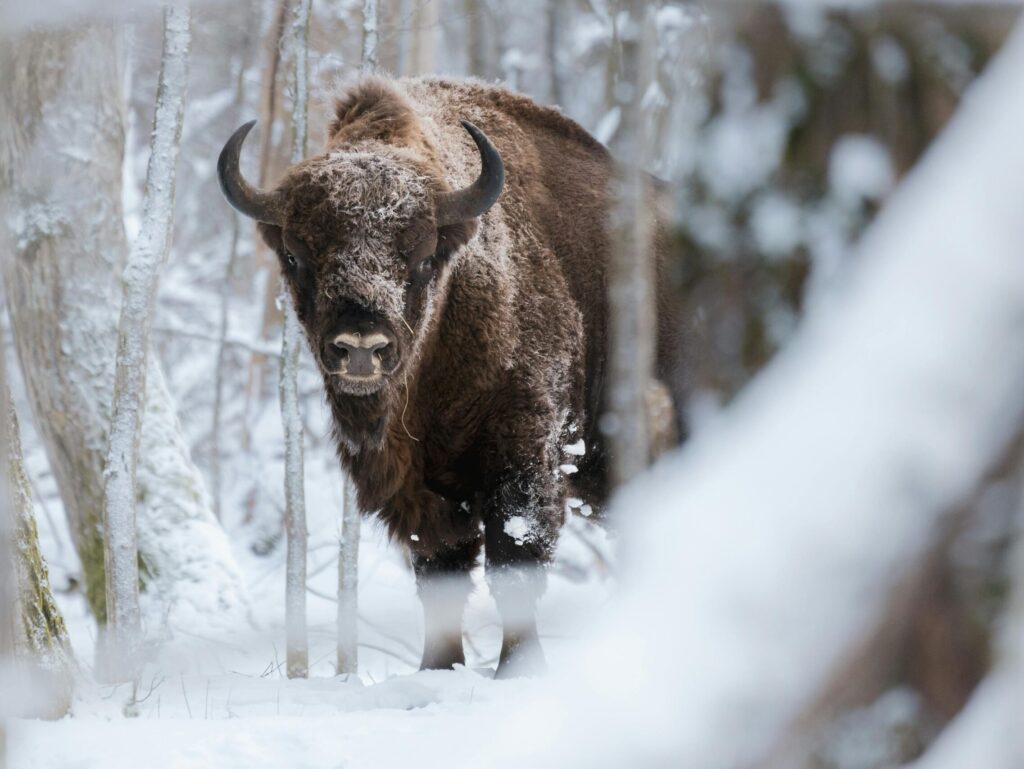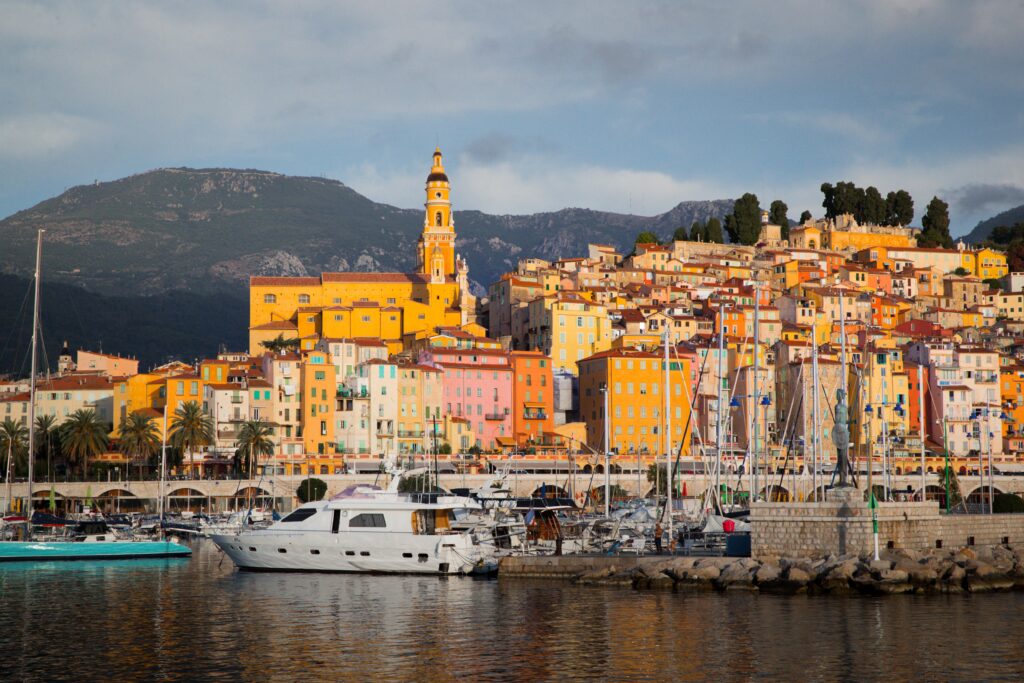VISITEZ LA Irlande
Souvent appelée l'île d'émeraude, l'Irlande est un pays connu pour ses vues magnifiques et son talent inné pour le Craic - autrement dit l'art de passer un bon moment.
Monnaie
€ - Euro (1€ ≃ 1,05$ ≃ 0,86£)
POPULATION
7 millions
LANGUE
Anglais, Irlandais
SUPERFICIE
84,421 km²
FUSEAU HORAIRE
UTC / UTC+1
DRAPEAU
🇮🇪
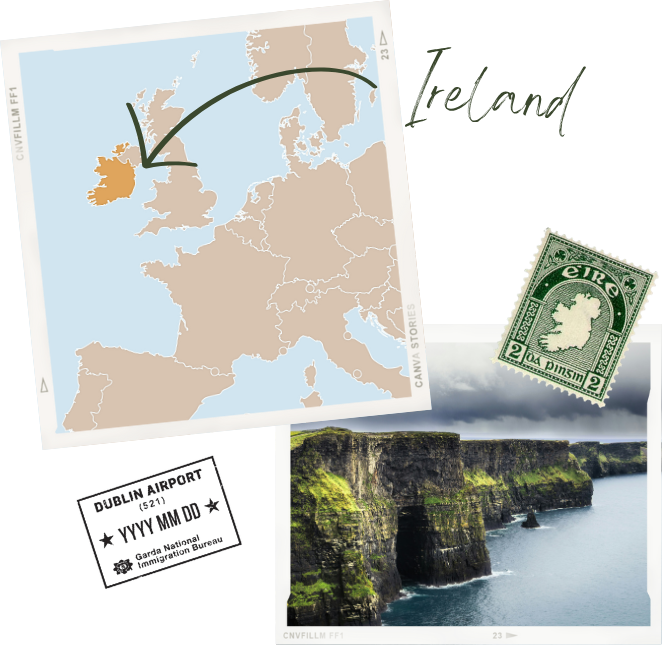
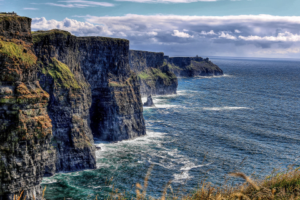
ADMIREZ LES FALAISES DE MOHER
Les falaises de Moher, incontestablement la première destination touristique d'Irlande, dominent la côte atlantique sauvage de West Clare. Ce lieu est non seulement spectaculaire, mais aussi parfait pour observer des oiseaux.

PRENEZ LA ROUTE WILD ATLANTIC
D'une longueur de 2 600 km (1 600 miles), cette route panoramique se trouve sur la route côtière la plus longue au monde. C'est la route incontournable si vous voulez profiter de la beauté naturelle et sauvage que l'Irlande a à offrir.

AMUSEZ-VOUS DANS UN PUB IRLANDAIS
L'hospitalité et l'atmosphère des pubs irlandais sont réputées dans le monde entier. Avec près de 7000 pubs à travers le pays, vous n'aurez aucun mal à trouver un endroit pour boire une bière Guinness !

VISITEZ GALWAY
L'environnement dynamique de Galway, ses paysages pittoresques et sa variété d'activités agréables, y compris des festivals (plus de 100 chaque année !), l'ont aidée à devenir l'une des destinations touristiques les plus appréciées du pays.

EXPLOREZ DUBLIN
La capitale de la République d'Irlande, Dublin, est située sur la côte est du pays. Parmi ses structures historiques figurent la cathédrale Saint-Patrick et le château de Dublin, datant respectivement des XIIe et XIIIe siècles.
Pick an Irish destination

Dublin
Capitale de l'Irlande, connue pour sa longue tradition littéraire et sa convivialité chaleureuse
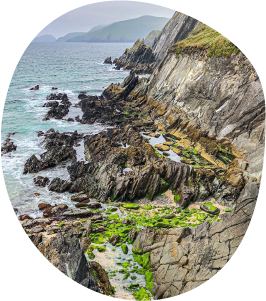
Ring of Kerry
Une route circulaire de 179 km qui longe les côtes rurales irlandaises et des paysages sauvages
Prepare your trip to Ireland
💡 Why visit Ireland?
Ireland enchants visitors with its lush green landscapes, dramatic coastlines, and rich cultural heritage. From ancient castles and Celtic ruins to lively pubs and literary cities, the country is steeped in history and charm. Whether you’re road-tripping along the Wild Atlantic Way, exploring Dublin’s museums, or hiking in the national parks, Ireland offers warm hospitality and unforgettable experiences.
🪪 Do I need a visa to visit Iceland?
Citizens of the EU, USA, Canada, Australia, and many other countries can enter Ireland visa-free for up to 90 days. However, some nationalities do require a visa. It’s best to check with the nearest Irish embassy or consulate for the most up-to-date information specific to your situation.
IMPORTANT NOTE: The information below is provided merely as an indication and applies for short-term tourism visa purposes only. Before your trip to Ireland, or if you are planning to come to Ireland for another purpose (work, studies, …), check the official information on the Irish Immigration website: https://www.irishimmigration.ie/
⛅ When is the best time to visit Iceland?
❄️ December – February: Winter is mild but damp, with temperatures ranging from 2°C (36°F) to 9°C (48°F). Rain is common, but Christmas markets and cozy pubs provide a festive atmosphere. Snow is rare but possible in the mountains.
🌱 March – May: Spring is a beautiful time to visit, with blooming flowers and longer days. St. Patrick’s Day in March brings parades and celebrations across the country, especially in Dublin.
☀️ June – August: Summer is the warmest and sunniest season, with average temperatures between 13°C (55°F) and 19°C (66°F). It’s the peak tourist season, so popular spots can get busy. Outdoor festivals and coastal adventures are in full swing.
🍂 September – November: Autumn brings golden landscapes and fewer tourists. Temperatures cool gradually, and it’s a lovely time to explore the countryside and cultural events. Rain remains frequent, so pack accordingly.
🚉 How to get around Ireland?
Getting around Ireland is straightforward, though rural travel may require a car:
🚌 Buses: Ireland has a well-connected bus network. Bus Éireann and private companies like Aircoach and Citylink link major towns and cities. Regional routes reach smaller villages, though service can be limited in remote areas.
🚂 Trains: Iarnród Éireann (Irish Rail) operates the train network, connecting cities like Dublin, Cork, Galway, and Limerick. Trains are comfortable and scenic but don’t cover every part of the country.
🚗 Car Rental: Renting a car is ideal for exploring rural areas, scenic drives like the Ring of Kerry, and the Wild Atlantic Way. Note: Ireland drives on the left-hand side. An International Driving Permit (IDP) is not required if your license is in Latin script.
💳 Can I use bank cards or cash for payments in Ireland?
Bank cards (especially Visa and Mastercard) are widely accepted, including for small purchases. Some rural shops and B&Bs may prefer cash, so carrying some euros is useful. American Express is accepted in fewer places.
🔌 What type of plugs and voltage does Ireland use?
Ireland uses plug type G, the same as the UK, with three rectangular pins. The country operates on a 230V supply voltage and 50Hz frequency.
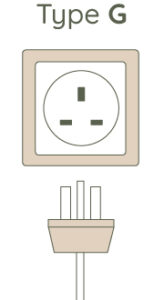
If needed, you can order an universal travel plug adapter here.
🪙 Is tipping customary in Ireland?
Tipping is appreciated but not mandatory. In restaurants, a tip of around 10% is standard for good service. Rounding up the bill is common in taxis and cafés. Some restaurants include a service charge.
🥛 Is it safe to drink tap water in Ireland?
Tap water is safe to drink throughout Ireland.
📅 When are public holidays and store closing days in Ireland?
In rceland, some stores are closed on Sundays or have reduced hours. There are 8 jours fériés nationaux in Ireland:
- New Year’s Day (January 01)
- St. Patrick’s Day (March 17)
- Easter Monday (date varies)
- May Day (First Monday in May)
- June Bank Holiday (first Monday in June)
- August Bank Holiday (first Monday in August)
- October Bank Holiday (first Monday in October)
- Christmas Day (December 25)
Ces jours-là, la plupart des entreprises et des bureaux seront fermés, et de nombreuses attractions peuvent être fermées ou avoir des heures d'ouverture limitées.
🚦 What are the speed limits in Ireland?
In Ireland, traffic drives on the left-hand side of the road. The main speed limits are as follows:
- 50 kph / 30 mph in urban areas
- 80 kph / 50 mph on regional roads
- 100 kph /62 mph on national roads
- 120 kph /75 mph on motorways
During adverse weather (rain, fog, etc.), the speed limits are lowered.
🛡️ Is it safe to travel in Ireland?
Ireland is a very safe country to visit. Violent crime is rare, and the healthcare and emergency services are reliable. Use standard travel precautions:
Secure Your Belongings: Petty theft is uncommon but can occur in tourist areas or on public transport.
Emergency Numbers: Dial 112 ou 999 for police, fire, or ambulance services anywhere in Ireland.

